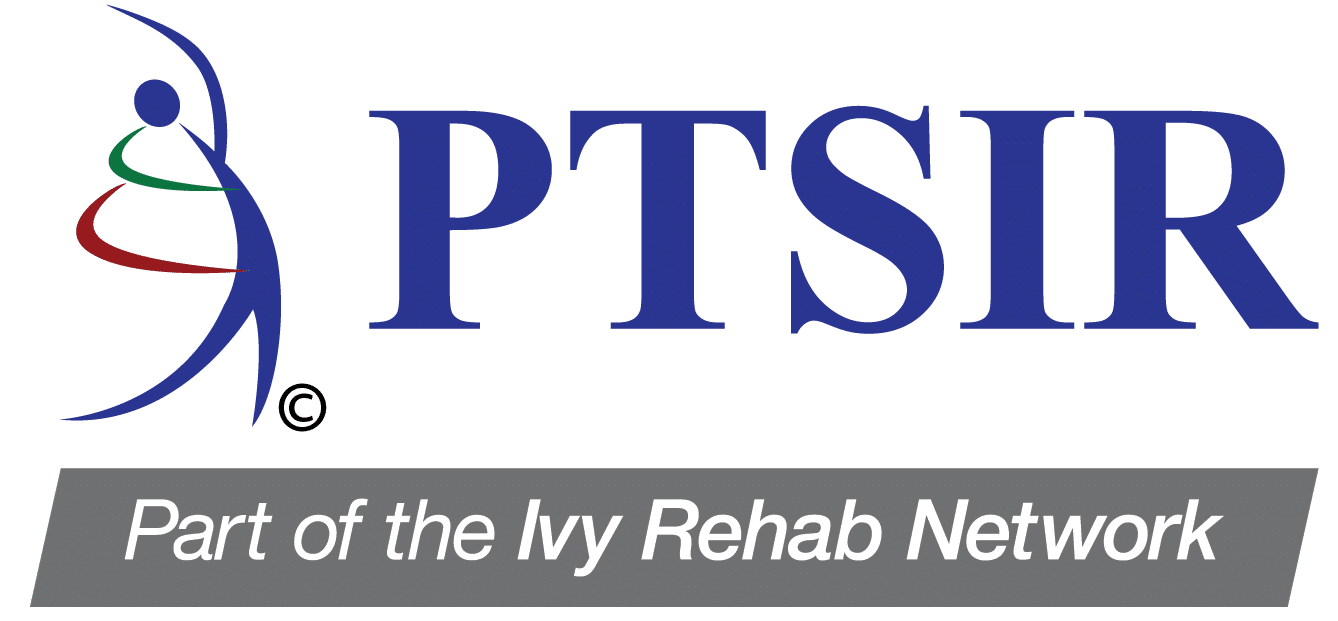PTSIR is committed to bringing patients the best possible patient care, and individualized custom treatment plans.
The highly skilled clinicians at PTSIR are here to help you get back to feeling your best again! PTSIR is now part of the Ivy Rehab Network, a rapidly growing network of physical & occupational therapy clinics dedicated to providing exceptional care and personalized treatment to get patients feeling better, faster.
We have more than 45 years of experience
Established in 1976, the PTSIR philosophy is that each patient is unique, with signs, symptoms, and functional limitations requiring a specific treatment program providing the patient with maximum benefit. We have been setting the standard of excellence in therapy and rehabilitation for decades.
